We have Artifactory setup and we use Maven central repo for downloading artifacts, which are then automatically cached in Artifactory. We also upload/deploy our own artifacts in Artifactory.
I now want to replace Maven central repo with jcenter and would like to continue using our Artifactory for uploading/deploying our own artifacts and for also caching the jcenter (and any third-party) artifacts. I can ask all developers to modify their settings.xml file as it will be a one-time activity so that's not a problem.
I saw this link by @helmedeiros which describes making changes in <repositories> and <pluginRepositories> section of settings.xml file. However, those are the sections where i specify URL for our Artifactory server. If i replace my Artifactory URL, then it would mean that i will be able to both fetch and upload artifacts from jcenter which is not what i want.
How can i ensure that all developers are only able to pull (NOT deploy/upload) from jcenter and deploy/upload ONLY to Artifactory?
Here's what we have right now in settings.xml:
<?xml version="1.0" encoding="UTF-8"?>
<settings xsi:schemaLocation="http://maven.apache.org/SETTINGS/1.1.0 http://maven.apache.org/xsd/settings-1.1.0.xsd" xmlns="http://maven.apache.org/SETTINGS/1.1.0"
xmlns:xsi="http://www.w3.org/2001/XMLSchema-instance">
<servers>
<server>
<username>${security.getCurrentUsername()}</username>
<password>${security.getEscapedEncryptedPassword()!"*** Insert encrypted password here ***"}</password>
<id>central</id>
</server>
<server>
<username>${security.getCurrentUsername()}</username>
<password>${security.getEscapedEncryptedPassword()!"*** Insert encrypted password here ***"}</password>
<id>snapshots</id>
</server>
</servers>
<profiles>
<profile>
<repositories>
<repository>
<snapshots>
<enabled>false</enabled>
</snapshots>
<id>central</id>
<name>libs-release</name>
<url>https://inhouse-artifactory/artifactory/libs-release</url>
</repository>
<repository>
<snapshots />
<id>snapshots</id>
<name>libs-snapshot</name>
<url>https://inhouse-artifactory/artifactory/libs-snapshot</url>
</repository>
</repositories>
<pluginRepositories>
<pluginRepository>
<snapshots>
<enabled>false</enabled>
</snapshots>
<id>central</id>
<name>plugins-release</name>
<url>https://inhouse-artifactory/artifactory/plugins-release</url>
</pluginRepository>
<pluginRepository>
<snapshots />
<id>snapshots</id>
<name>plugins-snapshot</name>
<url>https://inhouse-artifactory/artifactory/plugins-snapshot</url>
</pluginRepository>
</pluginRepositories>
<id>artifactory</id>
</profile>
</profiles>
<activeProfiles>
<activeProfile>artifactory</activeProfile>
</activeProfiles>
</settings>
I will really appreciate any help in this regard.

